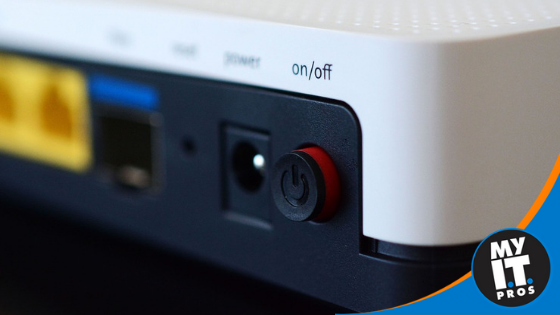
You’ve probably heard this before: “Have you tried turning your computer off and on again?” It seems IT support has been offering this advice since the dawn of the computer. Considering the complex inner workings of today’s technology, it may seem hard to believe that such a simple step could actually fix the problem—and for those of us who don’t fall under the classification of tech wizard, being prompted to restart may make us feel that our concerns are being dismissed or brushed off by IT support. But guess what? Restarting has been proven to fix a multitude of issues that many computers experience.
So, what exactly happens when you reboot?
Flushes RAM and speeds-up servers
Your computer’s random-access memory (RAM) is the system in charge of short-term tasks, so it can quickly become a repository of all random, temporary or unrelated data. When the computer is unplugged, the RAM is flushed, meaning it rids itself of excess data. With its clutter gone and its memory cleared, your computer has the ability to run faster.
Creates a clean slate for the operating system
Do you know how many programs you open on a given day? Probably enough for your operating system to get backed up and bogged down. Shutting down your computer for a little bit allows the operating system to wipe those built-up tasks, clean itself up and ultimately run more smoothly overall.
Prevents memory leaks
It’s common for programs on your computer to “borrow” memory from RAM—and if they’re not up to date, they may “forget” to return that memory when they’re finished using it, which leaves your computer with a memory leak that could slow your operations. The good news: Restarting your computer regularly should not only alleviate this problem but eventually prevent it from happening in the first place.
Minimizes frozen screens
A frozen screen lets you know your computer is glitching (i.e. the servers are overloaded), which can happen when a user fails to restart regularly. Restarting allows the system’s processor to cool down and take a break, thereby reducing the chance of a glitch.
Before you waste time scouring the internet for a solution to your latest tech issue, try rebooting your computer! Even if this simple fix doesn’t work, you’ve ruled out a big chunk of potential problems—and restarting is probably the first thing you’ll be asked to do when you get in touch with IT support anyway, so you may as well save yourself some time. Next time you run into trouble, remember that the turn-it-off-and-on-again method is well known for a reason: It can fix a lot of problems!




